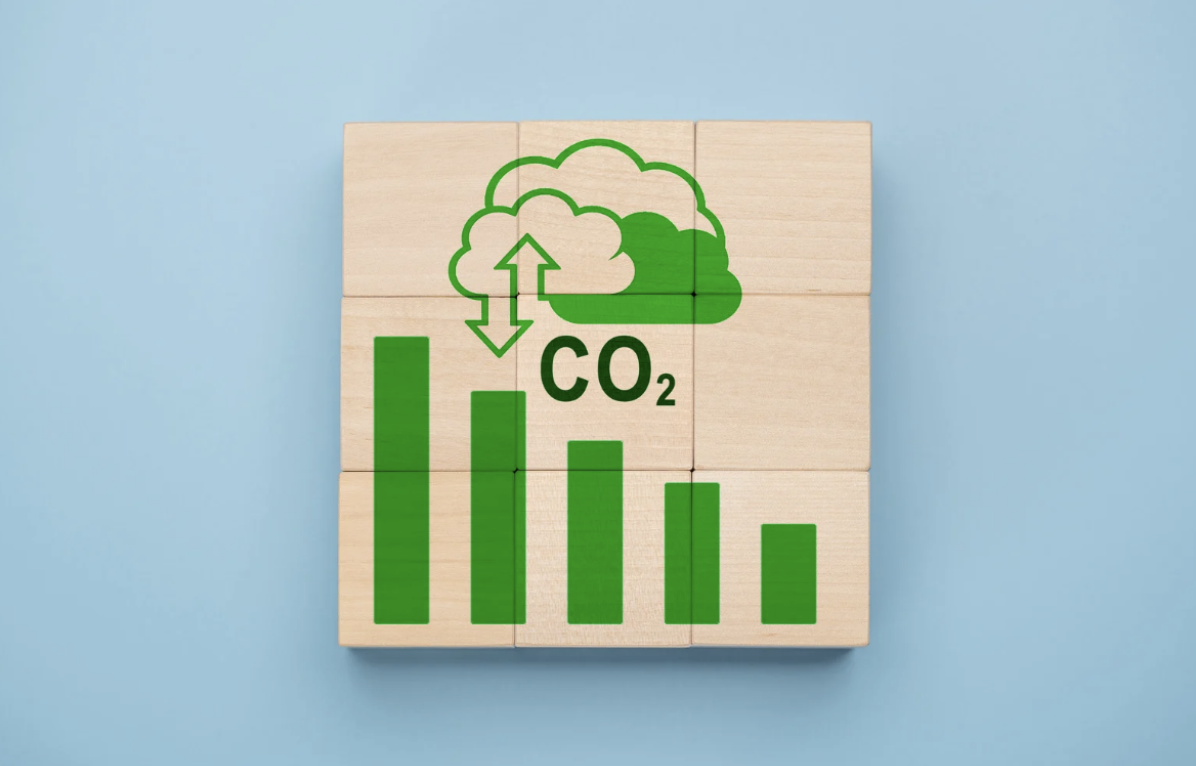The GHG Protocol – The World’s Most Widely Used Standard for Greenhouse Gas Accounting
.png&w=1920&q=75)
Updated at 2025-10-20
Since the early 2000s, the GHG Protocol – or Greenhouse Gas Protocol – has evolved into the world’s most widely used framework for greenhouse gas accounting in both the private and public sectors.
What is the GHG Protocol?
The GHG Protocol is a global standardized framework for measuring, reporting, and managing greenhouse gas emissions. It was developed through a unique partnership between the World Resources Institute (WRI) and the World Business Council for Sustainable Development (WBCSD). Today, it is widely used by businesses and governments around the world.
The framework covers emissions from both an organization’s own operations and its entire value chain – including suppliers and customers. This means it includes both direct and indirect emissions.
By providing standards, guidance, tools, and training, the GHG Protocol enables organizations to take responsibility for their climate impact and contribute to a global transition aligned with climate science.

Mission and Vision
The mission of the GHG Protocol is to develop the most trusted, accessible, and widely used greenhouse gas accounting standards – and to actively promote their global adoption. Its vision is that all public and private actors account for their emissions, enabling the faster implementation of the reductions needed to limit global warming in line with the Paris Agreement.
A Response to the Need for Common Standards
The GHG Protocol’s history dates back to the late 1990s, when the need for an international standard for corporate GHG emissions accounting became increasingly clear. In 1998, the World Resources Institute published Safe Climate, Sound Business, a report that identified, among other things, the need for a common methodology for emissions accounting.
A core working group was formed, including representatives from both industry (such as Shell, Norsk Hydro, and Tokyo Electric) and environmental organizations (such as WWF and the Pew Center on Global Climate Change). The goal was to create a standard that was both scientifically robust and practically useful for companies in various sectors.
In 2001, the first version of the GHG Protocol Corporate Standard was published. It has since been updated and complemented by guidance documents for specific emission sources, such as purchased energy and value chain emissions.

An Ecosystem of Tools and Guidance
The GHG Protocol is more than just a standard – it’s an entire ecosystem of supporting materials that help companies and organizations identify and manage their emissions. Some of the most widely used resources include:
- Corporate Standard – the foundation for internal emissions accounting within an organization’s own operations
- Scope 2 Guidance – guidance for reporting indirect emissions from purchased electricity, heat, steam, or cooling
- Corporate Value Chain (Scope 3) Standard – accounting for emissions across the entire value chain
- Product Life Cycle Standard – analysis of product emissions throughout their life cycle
- Mitigation Goal Standard – measuring progress toward climate targets
- Policy and Action Standard – tools for evaluating the climate impact of policies and actions
- GHG Protocol for Cities – standard for municipal GHG emissions reporting
In addition, around 30 calculation tools, such as Excel templates, are used to support emissions reporting.
Emissions are Divided Into Scope 1, 2, and 3
A core principle of the GHG Protocol is its division of emissions into three categories, or “scopes”:
- Scope 1:
Direct emissions from owned or controlled sources – e.g., company vehicles or boilers. - Scope 2:
Indirect emissions from purchased electricity, heat, steam, or cooling. - Scope 3:
All other indirect emissions – for example, from suppliers, transportation, and the use of sold products.
This structure provides a clear picture of where emissions occur within an organization – and where the greatest potential for reductions lies.

Global Impact
Today, the GHG Protocol is the most widely used greenhouse gas accounting framework in the world. According to the Climate Disclosure Project (CDP), it was used by 92% of Fortune 500 companies as early as 2016. In 2023, 97% of all S&P 500 companies reporting to CDP stated that they follow the GHG Protocol.
Cities and nations also use the framework. Through initiatives like the Compact of Mayors, hundreds of cities have committed to disclosing their emissions according to the GHG Protocol.
At the national level, WRI and WBCSD work with governments to align the standards with various climate goals.
-1.png)
A Cornerstone of Climate Action
The GHG Protocol plays a vital role in implementing the Paris Agreement. To track countries' Nationally Determined Contributions (NDCs), reliable data is needed – and the GHG Protocol serves as the foundation. It enables comparability, transparency, and real climate action.
Inclusive Decision-Making
A key reason for the GHG Protocol’s global success is its open and inclusive development process. New standards are created in consultation with industry, civil society, academia, and public authorities. The work is structured in several levels:
- Steering Committee – sets strategic direction
- Independent Standards Board – reviews and approves new standards
- Technical Working Groups – bring together subject matter experts
This approach gives the protocol high legitimacy and ensures that perspectives from around the world are included.
Challenges and the Road Ahead
Despite its success, the GHG Protocol faces challenges. Mapping emissions across global value chains – especially Scope 3 – is complex. Additionally, stakeholders increasingly demand greater transparency, verifiability, and links to real-world climate action.
A major revision of the Scope 3 Standard is currently underway to improve calculations and data quality. In doing so, the protocol can continue to support companies and organizations in their climate transitions.
.png)
Summary: Why the GHG Protocol Matters
The GHG Protocol has laid the foundation for how companies and organizations around the world report their greenhouse gas emissions. It is used by nearly all major climate initiatives, from the Science Based Targets initiative to CDP and national climate strategies.
By categorizing emissions clearly and combining scientific rigor with practical applicability, the GHG Protocol offers tools that make a real difference. It enables not just measurement – but action.
As the world must now drastically and rapidly reduce emissions, standards like the GHG Protocol are more important than ever.
Calculate your company's emissions of greenhouse gases with GoClimate.
Related content
Here you can find articles and pages relevant to this subject.